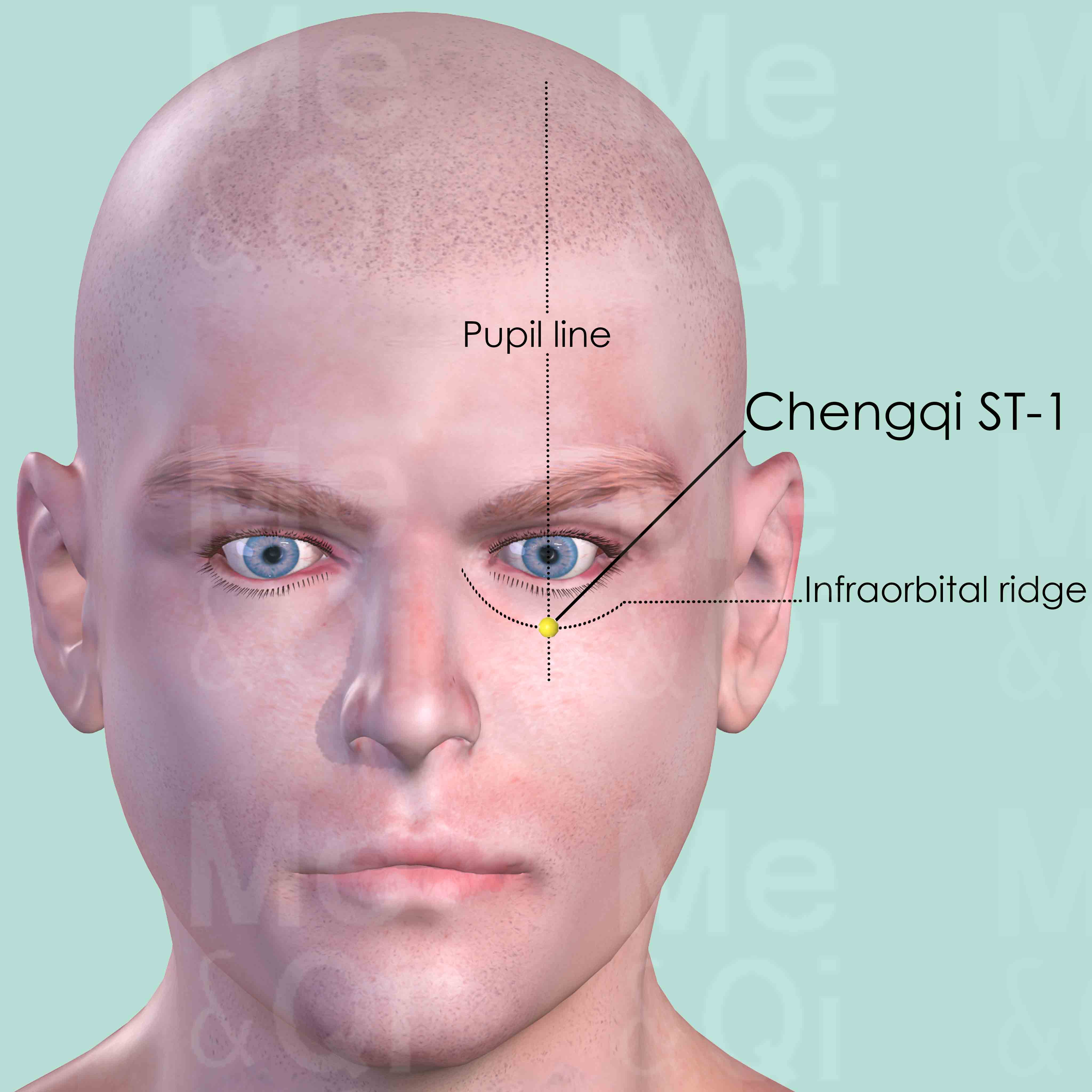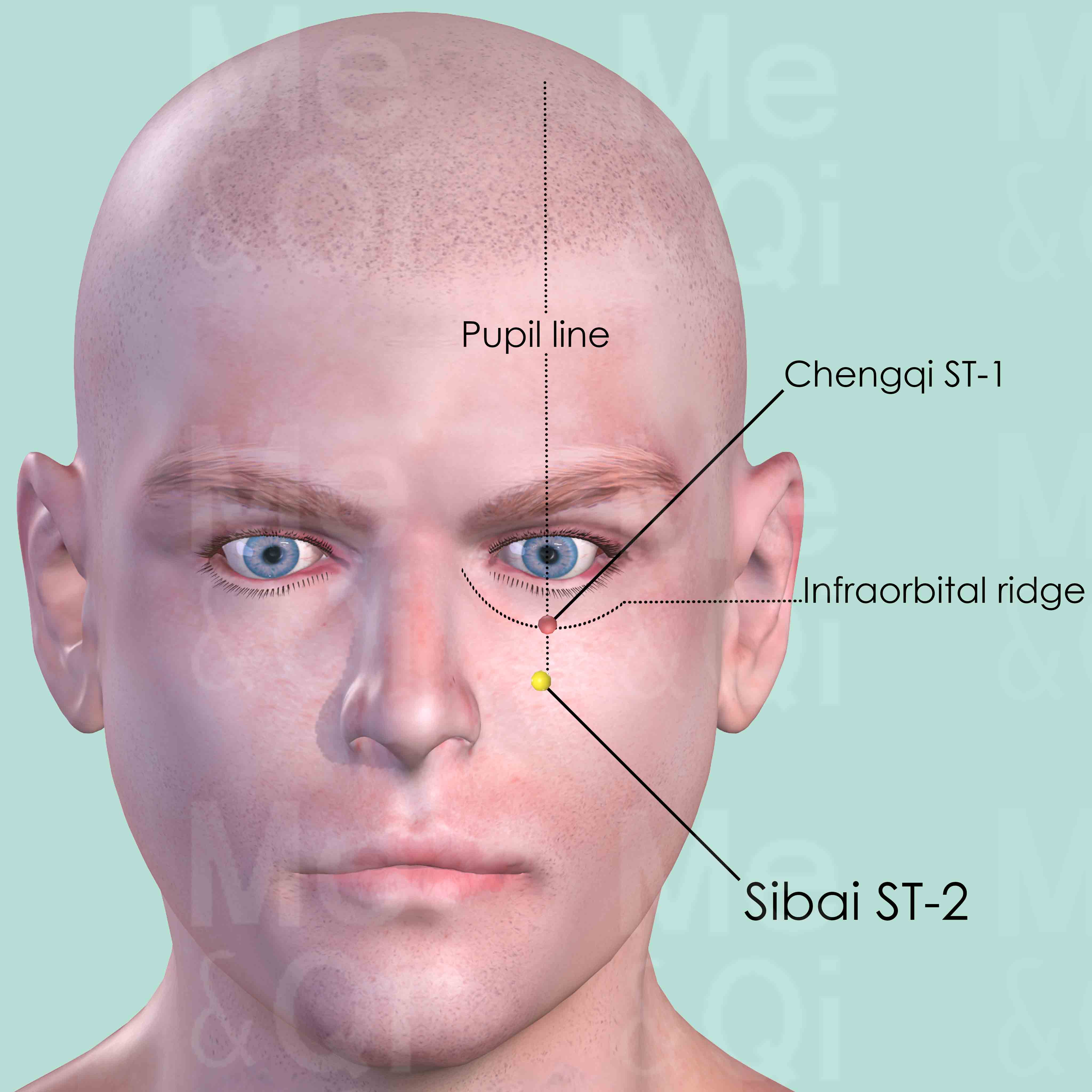Astigmatismaccording to TCM
Symptom families: Eye Disorders and Symptoms, Vision Impairments and Disorders
What is Astigmatism?
Astigmatism is a common eye condition that arises from an irregular curvature of the cornea or the lens inside the eye. This irregularity can cause blurred or distorted vision, as it prevents light from focusing properly on the retina. Astigmatism often accompanies other refractive errors like nearsightedness or farsightedness.
Symptoms typically include blurry vision, eye strain, and discomfort, particularly when focusing on fine details. Astigmatism can affect individuals of all ages and is usually diagnosed through a comprehensive eye examination. Corrective measures typically involve the use of prescription glasses or contact lenses, and in some cases, refractive surgery.
How does TCM view Astigmatism?
In Traditional Chinese Medicine (TCM), astigmatism is viewed through a lens quite different from Western medicine. TCM links eye health directly to the state of the Liver and Kidneys, with a particular emphasis on the flow and balance of Qi (vital energy) and Blood throughout the body. A Deficiency or stagnation in Liver Qi, for example, is often associated with various eye problems, including astigmatism.
Additionally, TCM considers external factors like Wind or Heat that might invade the body, disrupting internal harmony and affecting vision. Treatment in TCM focuses on restoring equilibrium, using a combination of acupuncture, herbal medicine, and dietary adjustments to address the underlying imbalances causing astigmatism.
Acupoints for Astigmatism
In TCM, addressing astigmatism involves stimulating specific acupoints to correct imbalances and enhance eye health. Acupoints in the Stomach Channel are particularly relevant for this condition. One such point is Chengqi ST-1, found between the eyeball and the midpoint of the infraorbital ridge. This acupoint is known for its ability to clear Heat and dispel Wind, making it effective in relieving eye strain and improving vision clarity.
Another vital point is Sibai ST-2, located just below Chengqi ST-1, in the depression at the infraorbital foramen. Activating Sibai ST-2 helps to expel Wind and clear Heat, which can alleviate symptoms associated with astigmatism. These acupoints are part of a broader treatment approach in TCM, which may include additional techniques and therapies tailored to the individual's specific pattern of disharmony.
Explore below some acupoints used to address astigmatism, organized by meridian.
- By Meridian
- Stomach Channel


